#The Nibelung's ring
Explore tagged Tumblr posts
Text
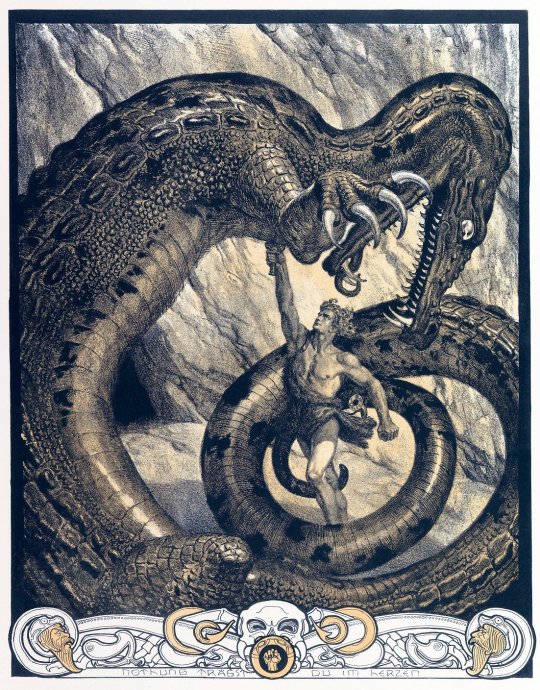
Franz Stassen - Illustration for Wagner’s ‘Der Ring Des Nibelungen’ (The Nibelung's ring), 1914.
177 notes
·
View notes
Text

Brünnhilde the Valkyrie by Arthur Rackham
#arthur rackham#brünnhilde#valkyrie#valkyries#art#the rhinegold and the valkyrie#richard wagner#wagnerian#norse mythology#germanic mythology#brunhild#brynhildr#germanic#germanic heroic legend#shieldmaiden#der ring des nibelungen#europe#european#northern europe#nordic#völsunga saga#nibelungenlied#the ring of the nibelung#amazon#amazons#brunhilda#scandinavia#scandinavian#norse#spear
4K notes
·
View notes
Photo

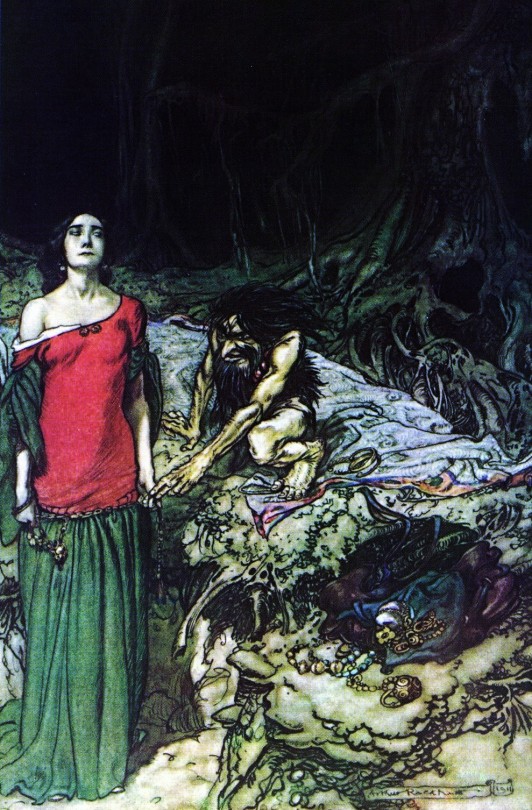

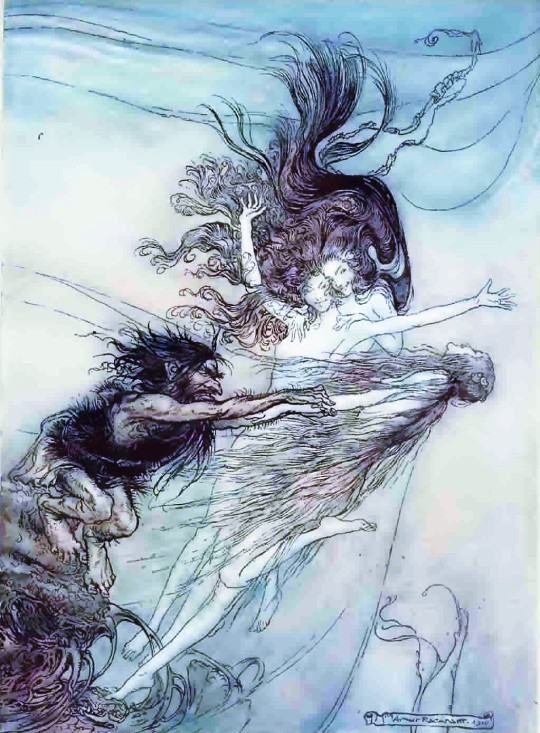
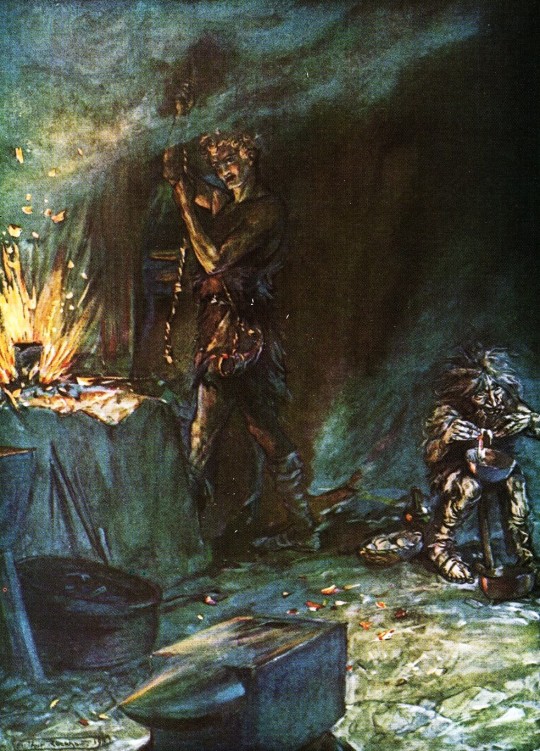


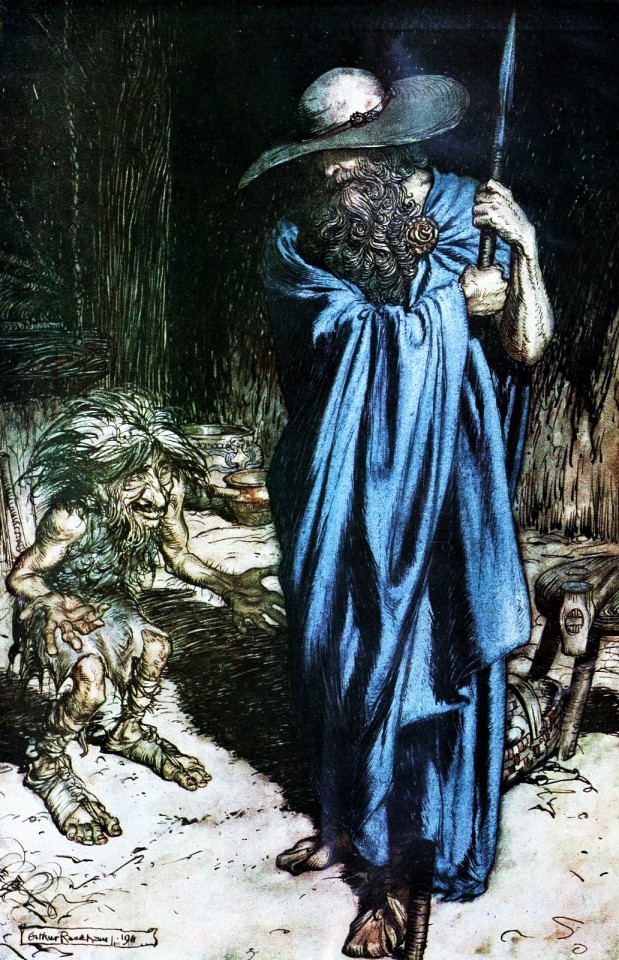


The Ring of the Nibelung - art by Arthur Rackham (1910-1911)
#arthur rackham#the ring of the nibelung#fantasy art#book illustrations#richard wagner#der ring des nibelungen#siegfried#norse gods#loki#brunnhilde#wotan#1910s#1910#1911
4K notes
·
View notes
Text

#bugs bunny#barber of Seville#looney tunes#classical music#william tell overture#toccata and fugue in d minor#concerto for two horns#ride of the valkyries#the blue Danube#Die Fledermaus: Overture#the rabbit of Seville#tales from the Vienna woods#The Ring of the Nibelung#The Flying Dutchman#Tannhäuser
73 notes
·
View notes
Text

Knut Ekwall (1843-1812), 'Alberich and the Mermaids', ''Всемирная иллюстраци'', #404, 1876 Source
#Knut Ekwall#danish artists#das rheingold#richard wagner#mermaids#vintage illustration#vintage art#black and white illustration#black & white art#The Ring of the Nibelung
111 notes
·
View notes
Text

Siegfried slays the dragon Fafnir, whilst Fafnir's brother, Regin, watches from a safe distance.
#Siegfried#Sigurd#Fafnir#Regin#dragon#dwarf#Völsunga Saga#Nibelungenlied#The Ring of the Nibelung#German folklore#German mythology#Norse mythology#Norse folklore#Donn P. Crane
24 notes
·
View notes
Note
Is she onstage during a production of Wagner's "Der Ring Des Nibelungen"?

This is one of those requests where the perfect image for it is just right there and i appreciate it so much
#fluttershy where she shouldnt be#mlp#fluttershy#requests#der ring des nibelungen#wagner#opera#the ring of the nibelung
63 notes
·
View notes
Text






















"ZU NEUEN TATEN, TEURER HELDE" Götterdämmerung - R. WAGNER Here some Siegfrieds and Brünnhildes.
Peter Cornelius as Siegfried; Copenhagen, 1905
Charles Dalmores as Siegfried; Brussels, 1902
Ejnar Forchhammer as Siegfried; ?, ?
Paul Franz as Siegfried; Paris, 1925
Hans Grahl as Siegfried; Hamburg, 1934
Alois Hadwiger as Siegfried; Coburg-Gotha, 1907
Ottfried Hagen as Siegfried; Munich, 1908
Ernst Kraus as Siegfried; Berlin, ca. 1907
Gorrhelf Pistor as Siegfried; Bayreuth, 1931
Julius Pölzer as Siegfried; Munich, 1932
Erik Schmedes as Siegfried; Vienna, ca. 1910
Josef Schöffel as Siegfried; Karlsruhe, ca. 1921
Hans Tänzler as Siegfried; Karlsruhe, 1910
Jacques Urlus as Siegfried; Berlin ?, ca. 1907
Fritz Vogelstrom as Siegfried; Mannheim, ca. 1909
Hermann Winkelmann as Siegfried; Vienna, 1880
Marie Brema as Brünnhilde; London, 1897
Louise Grandjean as Brünnhilde; Paris, 1908
Felia Litvinne as Brünnhilde with Grane; Brussels, 1902
Katharina Senger-Bettaque as Brünnhilde; Berlin, 1898
Fanni Wahrmann-Schöllinger as Brünnhilde with Grane; Hannover, 1920
Hedwig Reicher-Kindermann as Brünnhilde; Leipzig, ca. 1886
#classical music#opera#music history#composer#bel canto#classical composer#aria#classical studies#maestro#chest voice#Götterdämmerung#Richard Wagner#Twilight of the Gods#Musikdrama#Der Ring des Nibelungen#The Ring of the Nibelung#The Ring Cycle#The Ring#Bayreuth Festspielhaus#Bayreuth Festival#Old Norse#Ragnarök#Norse mythology#German legends#Nordic legends#classical musician#classical musicians#classical history#opera history#history of music
35 notes
·
View notes
Text

THE RHINEGOLD & THE VALKYRIE by Richard Wagner. (London: Heinemann, 1910) Translated by Margaret Armour. Illustrated by Arthur Rackham


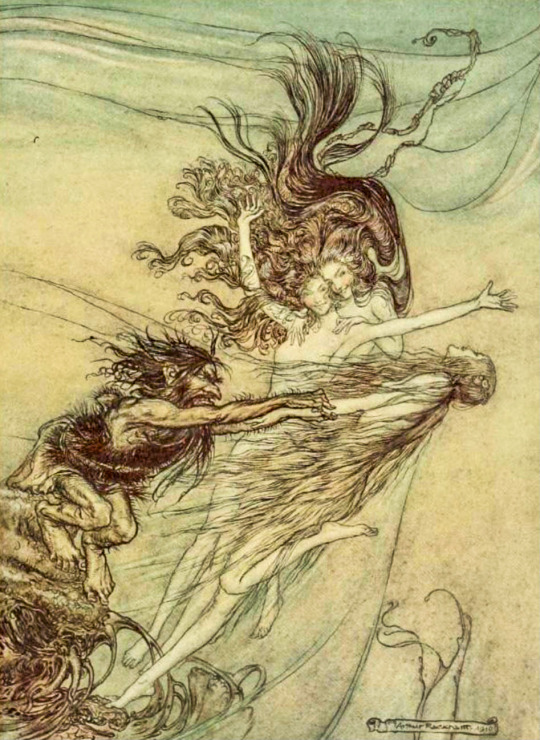
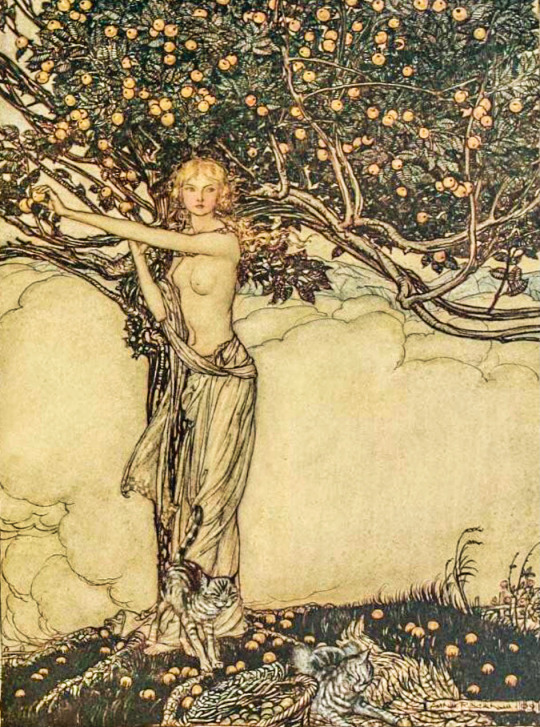

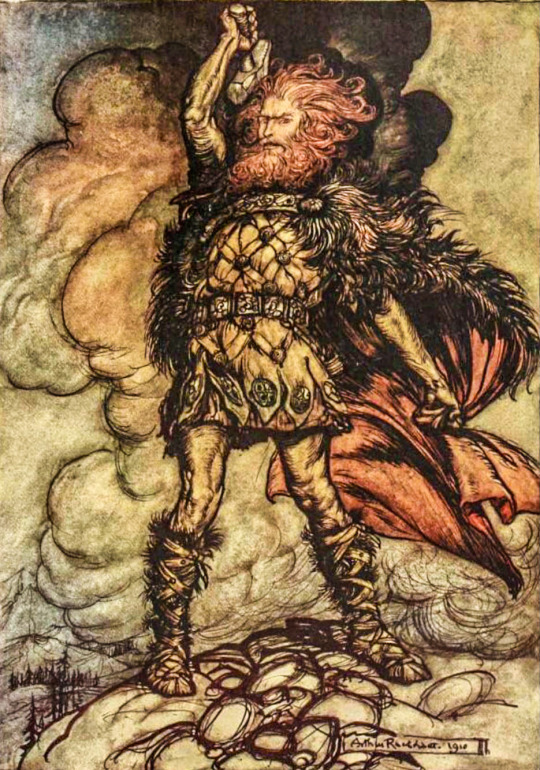

source
#beautiful books#book blog#books books books#book cover#books#vintage books#illustrated book#children’s book#richard wagner#arthur rackham#rhinegold#valkyries#the ring of the nibelung#golden age of illustration#book design
193 notes
·
View notes
Text

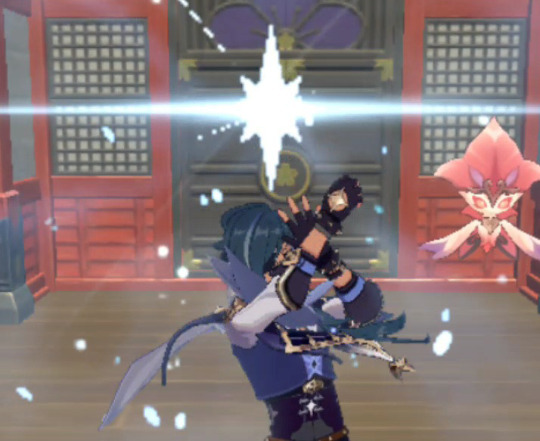
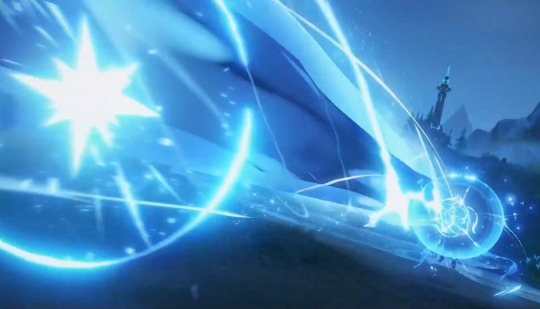
EVERYONE NEEDS TO WAKE UP RIGHT NOW
edit: unfortunately, new footage shows that when neuvilette's charged attack doesn't hit any enemies, the stars don't appear... so it might just be a random impact effect that vaguely resembles the star.
HOWEVER... footage from the live stream* shows that stars DO appear when he's powering up his charged attack and interestingly enough, they're surrounded by purple ousia energy even though neuvilette is a pneuma aligned character.
*it should be noted that footage from the live stream isn't indicative of the final product
#no idea what this means#but if neuvi really is a dragon then that 8 pointed star probably originated from the dragon sovereigns#also the fact that the dragon king is called nibelung#in wagner's ring cycle nibelung is alberich lol lmao even#.txt
108 notes
·
View notes
Text



Arthur Rackham Illustrations for The Ring of the Niebelung
23 notes
·
View notes
Text

Franz Stassen - Illustration for Wagner’s ‘Der Ring Des Nibelungen’ (The Nibelung's ring), 1914.
100 notes
·
View notes
Text
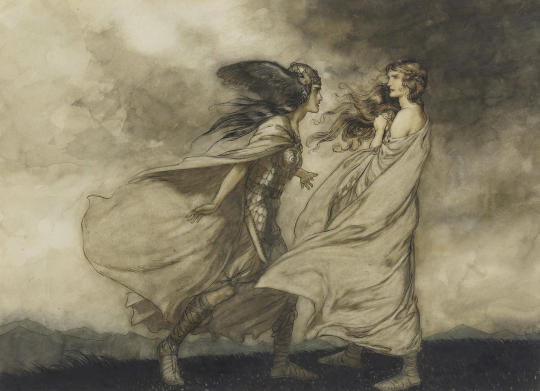
"The ring upon thy hand - ...ah, be implored! For Wotan fling it away!" Brünnhilde is visited by her Valkyrie sister Waltraute by Arthur Rackham
#arthur rackham#art#brünnhilde#valkyrie#valkyires#waltraute#siegfried and the twilight of the gods#richard wagner#the ring of the nibelung#der ring des nibelungen#germanic heroic legend#norse mythology#germanic mythology#the ring#ring#opera#europe#european#wagnerian#völsunga saga#nibelungenlied
459 notes
·
View notes
Text
instead of just cross eyes and star eyes distinguishing dynasties in khaenri'ah, why do some khaenri'ahns cover one eye specifically? there’s many things that seem interconnected regarding the lore:
crimson moon turning around to look like an eye; irmin the one-eyed king; the unknown god’s cubes containing eyes in their design (same ones present in the cataclysm as well as the crimson moon), her glitching looking like arlecchino’s, and the four pointed star pattern that appeared when she showed up to the twins; forbidden knowledge and nibelung’s influence; fischl's auge der verurteilung aka eye of condemnation (crimson eye) and her skin's description "o holiest of sovereigns, high princess of immernachtreich (kingdom of evernight)!".
kaeya's note about the alberich saying "i saved this one memento from the fire 'father' made while he wasn’t paying attention. this was in violation of our principles. our clan's affairs should never be recorded" and "though we could not restore khaenri'ah to life, we of the alberich clan should lead lives as those who blaze like fire, rather than those who wallow in the embers [small piece of burning or glowing coal or wood in a dying fire]", father being in quotation marks and references to fire and ashes; the orphanage in khaenri'ah that wanted to house children from destroyed worlds and non-threats that leaked into the kingdom, in hopes of finding beings from beyond the sky who could transcend the gods; perinheri's first memory being transversing something like a chimney, filled with ash and being asked if he wasn't dead just for him to see the eye (crimson moon) and being told he was reborn; dust and the blood of of dragons (or dragon-like beings like durin and elynas) being connected to rhinedottir and the art of khemia; fire as rebirth and life but also, the balemoon blood specifically being connected to loss of memories and loss of memory being equivalent to death (not physical); despite the orphanage never being able to find that transcendal person, it had many unusual individuals who became knights of the kingdom.
irmin as the first divine halberd (that once pierced the axis mundi [cosmic/world axis, world pillar, center of the world, world tree, etc.] and connected the nine worlds), the prinzessin der verurteilungas (fischl) as the last one; fischl and kaeya comparing themselves to one another and their parallels to irmin and odin; der ring des nibelungen, in which the dwarf (or nibelung) alberich creates a ring capable of controlling the world, using gold he stole from the rhinemaidens (or rheintöchter "rhine-daughters"). the conflict that arises over the ownership of this ring eventually leads to the destruction of the gods and their home, valhalla.
irminsul (irmin + sul) meaning great pillar and being a reference to the yggdrasil, the tree that supports the universe; the description of the item silver twig – collected in the center of the world - talking about a sage that hanged himself upside down in the irminsul tree to gain knowledge of the runes and the cosmos, then going into a secret kingdom down its roots [also a reference to hanged man in tarot that symbolizes wisdom, divination, sacrifice, prophecy, etc.]; odin who hung himself upside down from the sacred world tree, yggdrasil, for nine days and nights sacrificing his eye and throwing himself on his spear (gungir) as a ritual sacrifice in order to obtain secret wisdom; memories, fire and crimson moon hand in hand with the irminsul, king irmin and the concept of fate; the fake sky, the stars and being able to see fate but also fate being a means of the heavenly principles to control the world (neuvillette calling it puppet strings); khaenri'ah, a supposed godless nation but the crimson moon dynasty revering the moon (and hilichurls worshiping istaroth); the crimson moon having an eye on humanity and always being present associated with punishment and destruction (fall of gurabad, remuria and the catclysm).
crimson moon's semblance (arlecchino’s weapon) implying the crimson moon sought vengeance (“few survived the utter destruction of their kind, hiding in the shadows where the sun did not shine, longing for the crimson moon to decree their desire for vengeance be repaid”); the design of the weapon and arlecchino’s boss attacks resembling the double helix present in deathly statuette material dropped by abyss heralds, abyss lectors and shadowy husks, which has a single red eye. it apparently whispers "see, my child. all that lies under the throne of heaven shall be destroyed by upheaval. the eternal peace of the pitch-dark void shall embrace us all.” as you gaze at it.
the abyss order being founded by chlothar alberich and pierro being the first harbinger; the "sinner" – the crystal in chains from the chasm, protected by an abyss herald - not being a god but still worshipped by the abyss order. the voice stating to chlothar and the traveler’s twin that he "[knows their] fate well" and urged them to become a "transcendent one" saying he would "shed a tear at the end of time... as i gaze back upon your life". he also imbued chlothar with the power of the abyss, which alleviated his worsening conditions. the “sinner” refered to chlothar as “dear creature”; dainsleif, pierro and kaeya being examples of khaenriahns who hide their right eye; dainsleif being called “bough keeper”, bough is a branch of a tree, but also his constellation being a snake ring like ouroboros – representing the eternal renewal cycle of life, death and rebirth; the loom of fate being an operation of the abyss order first encountered during "a herald without adherents" quest.
“the threads of your fate lie in my hands” a quote by fischl connecting to the weaves of fate; fischl stating that if she does not obtain the divine halberd “...this world and everything in it is going to burn in hellfire” (legend of the shattered halberd vol. ii). some other excerpts of the book also include: “but unbeknownst to him, this was the greatest cursed sword of all, that had once burned the entire world to cinders: laevatain [in norse mythology, a weapon crafted by loki and the only capable of defeating the cockerel viðofnir, inhabiting the top of yggdrasil], the sword had extinguished after the world was burned, but... it burned bright once more. ‘the whole world... destroyed again...’ weiyang [fischl] fell unconscious as she spoke” (vol. iv), and, "the world is beyond repair. it shall be born anew from the ashes of the last” (vol. vi); dainsleif saying “none will escape the flames. see for yourself” but also neuvillette’s character story including “the puppet strings glossed as "divine rules" would one day be burned away by the fires of judgment” when talking about constellations; burning away the old world, project stuzha by the fatui and the image of dottore burning the irminsul; nahida saying fontaine's prophecy was engraved in the irminsul, implying the tree also contains the history of the future; sibylla, a prophetess who guarded the irminsul in an ancient city located in what later became the high seas (referred to as abyssal depths). she sacrificed her life for the sake of creating phobos, remus' grand symphony, but her lack of a will ultimately caused the project to fail, as her vague desire to "grant happiness to all in the world who are called humans" caused phobos to attempt to satisfy everyone's desires — including destructive and selfish ones — and set remuria towards the course of its self-destruction (possibly tying concepts of will and fate together); thinking of dottore's plan, it would make sense to burn the tree that holds memories with a fire able to erase them (arlecchino's balemoon powers) so that the world can be born anew breaking away from the shackles of fate.
there’s also the improvisation kaeya does during the play in his hangouts. "do you believe in fate? if fate decreed your life was to end in tragedy, what would you do?". he then throws a prop and we interact, choosing if we would face our fate bravely or challenge it and rise above it. kaeya then goes on saying "then so must it be! yes, so must it be! i shall discard this intaglio and rid myself of the shackles of fate", "fate means to send the machinations of war to every corner of the land to fan the flames of conflict till they ungulf the entire world… fate would see my sword tainted with the blood of innocents, that the bright banner of my homeland might fly in every nation known to mankind. but i shall not bow to the will of fate i am no pawn in heaven’s plan. i, qubad, will spend the rest of my days in a foreign land, 'till i breathe my last in a place far from home" and finishes the play with "but i must walk this path, or freedom dies by my hand. goodbye, my tribe and kin. farewell, sweet land of my birth". the prop we get from kaeya, the intaglio, symbolizes the noble origins of prince qubad in the play and the blood-red jewel (blood, red... funny, uh?) is said to be a crystallization of the question kaeya asked us about destiny. furthermore, an intaglio can be a type of engraved gem or metal signet ring.
#random post with thoughts and connections because my brain is all over the place and my brains is about to explode gsdfasjg#but yeah idk something about fischl's eye of condemation an eye that can see all threads of fate and all truth. considering the parallels i#don't think it's crazy that it could be the reason they all hide their right eye. the red eye in the statuette dropped by abyss heralds is#also the right one. also the alberich's not being noble family... idk. this game loves implying kaeya is a prince lol but i'm also keen on#the art of khemia the orphanage and the whole thing with rebirth!!! i forgot to talk about alchemy maybe another day.#guess it kind of depends what being noble blooded also means because arlecchino's noble blood gives her some pretty unique powers#(also forgot to say arlecchino's afterimages are like sinshades in enkanomiya which are ley line anomalies!!! remnants thoughts leaving#shades of the past. nether realms. it could also connect to istaroth but anyways irminsul again!!!)#the ring of nibelung also seems important and kaeya's prop from the hangouts despite not being a ring directly can very much symbolise one#there's also the khaneri'ah ruin machines power source!!! i forgot but whatever this goes deeeeeep#i'm tired so i'll end here with the yapping bye#genshin thoughts#< just to save it somewhere because i will forget points i want to research better some other time
34 notes
·
View notes
Text
Just finished a re-read of Siegfried, by Alex Alice, which is a graphic novel adaptation of the Ring of the Nibelung. And, as expected, it gave me the Elden Ring brainworm, specifically with the two Nibelung brothers, Mime and Fafnir :


Mime (with soup) on the left, Fafnir on the right
The two are underground creature, as Odin's law forbid their kind to ever see the light of day, lest they be turned to stone.
Mime is, despite this, a surface dweller. As such he is constantly held back by is nature, and end up bowing to the rule of Odin. He's in charge of raising Siegfried, a human child who, free from Odin's influence, will be able to slay the Dragon and free the world of his tiranny. Mime as an extremely bitter attitude about all this, and berates Siegfried constantly.
Fafnir, used to be the vilest of all Nibelung. Hated by everyone, he manage to steal the Gold and, cursing love in all its forms, use its power to become the tyrant of the underground world. He amasses countless riches, and the bigger his treasure, the monstrous he gets. He end up swallowing all the riches of the Earth, and turned into a dragon he slowly kill the Earth from the inside. Despite the threat he represents, Odin can't kill him because of his own divine Law.


Their general design, attitudes, and contrast remind me so much of the Omen twins.
Both underground creature forbidden to see the light of day as per the Golden Order's Law.
One is poor and dressed in rags, and turned bitter by is nature yet serving the very Law that cursed him.
The other fleeing his condition by digging even deeper underground and rejecting all his humanity in the search of power and "freedom", which is really just greed and vanity.
It's the "clinging to love and humanity despite all the pain it brings" vs the "reject love and humanity and become the monster that won't have to bow down to anyone, no matter how many will die". It's making me emotional okay.
Also the graphic novel does this really cool visual Leitmotiv thing where the color of character eye change if the gold is influencing them (like the One Ring in The Lord of the Rings movies).

You can just tell when it's the gold making him act and when his humanity and love for his adoptive son is holding him back, it's so cool.
And the exact same process is used in Elden Ring ! the demigods went mad from the taint of their newfound greatrune (paraphrasing the intro) and when we meet them several have this very unnatural golden eye and black sclera look to them. I think only the most mad with power are affected ? Radahn and Ryhkard have it, at least.
10 notes
·
View notes
Text

Alan Wright (1864-1959), 'Wotan's Abschied', (Wotan's Farewell) ''The Dome'', #4, 1898 Source Wotan's Farewell to Brünhilde from Wagner's 'Die Walküre'. The second opera of "The Ring of Nibelungs" cycle. Context: "In the third act of 'Die Walküre', Wotan, king of the gods, punishes his favorite daughter, Brünhilde, for disobedience by condemning her to an enchanted sleep on a mountain peak, protected by a ring of fire, created by Loge, the Norse god of fire. He ruefully takes leave of his beloved daughter, musing that no one who fears his spear will dare intrude. One can easily hear the "magic fire music" as it leaps around the sleeping Brünhilde. As Wotan sings his farewell, what he doesn't know...is that a "super hero", yet unborn, named Seigfried will come to rescue the sleeping Valkyrie." Quick aside: Alan Wright was married to the wonderful illustrator Anne Anderson and the two often collaborated on projects together.
#Alan Wright#british artists#the dome#wotan#norse mythology#the ring of nibelungs#Brünhilde#vintage illustration#vintage art
48 notes
·
View notes